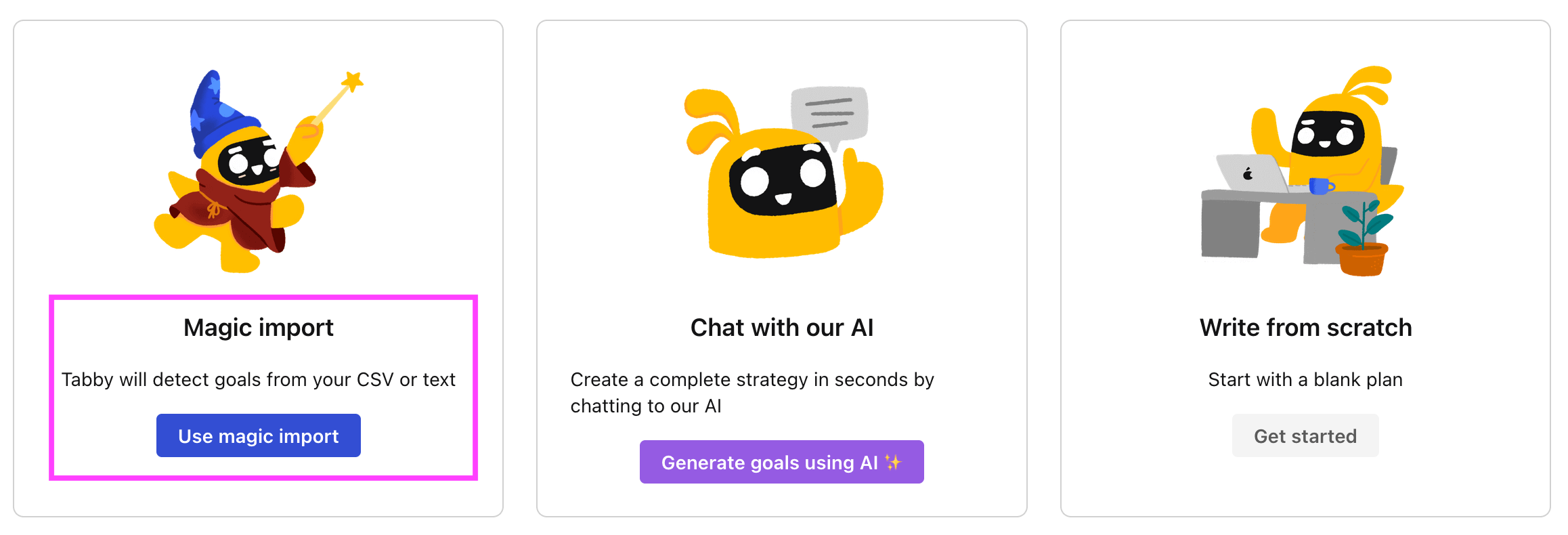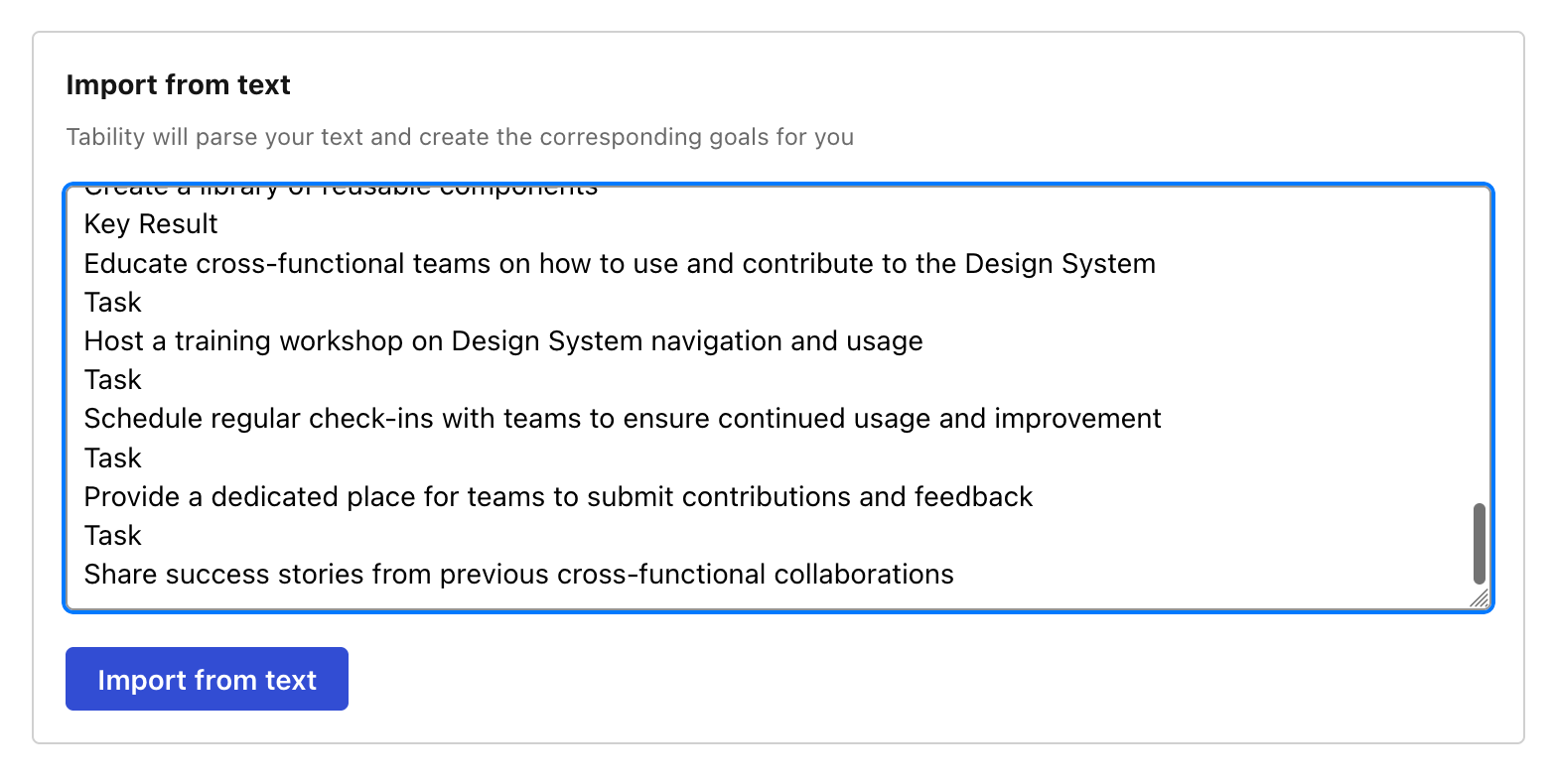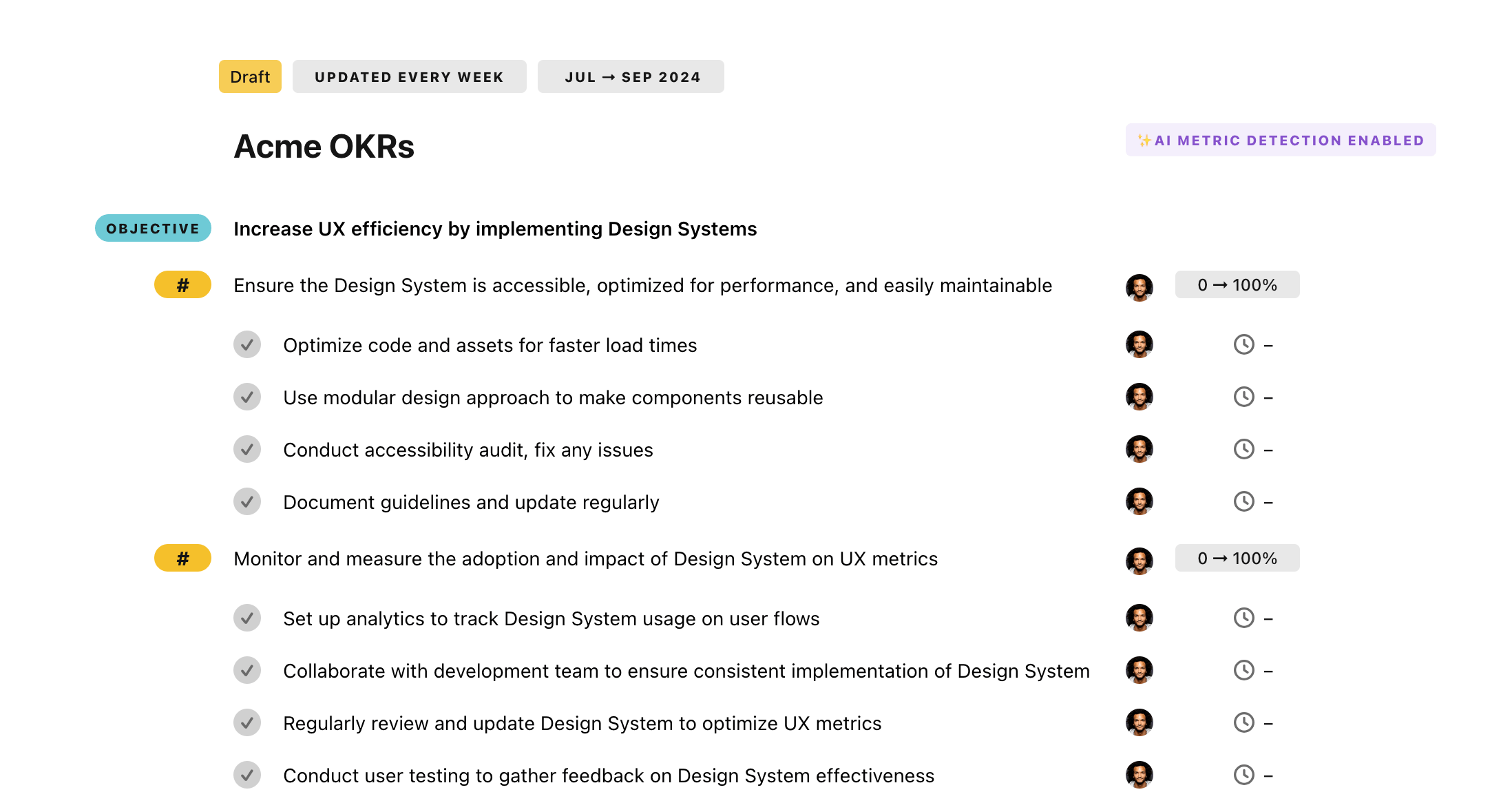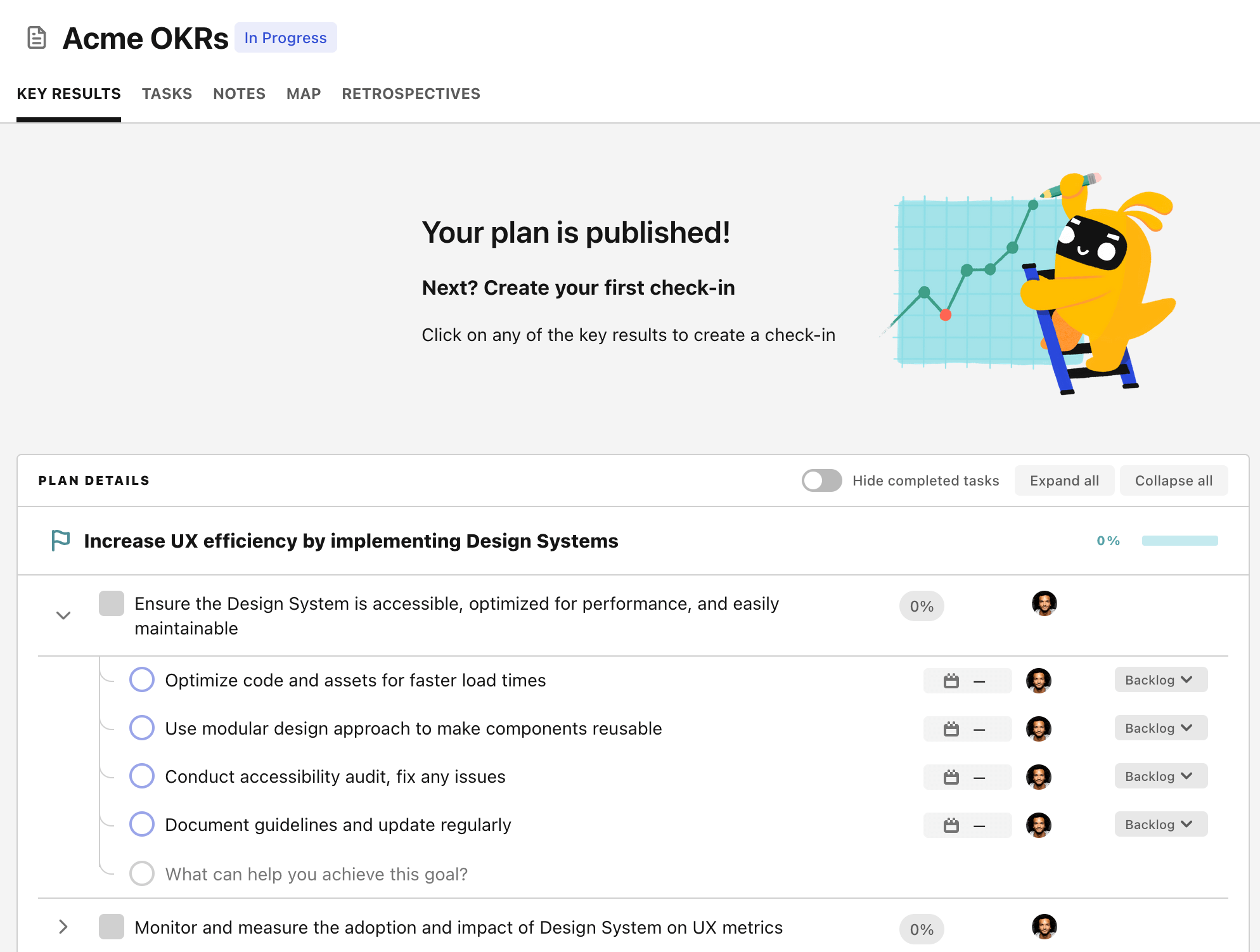OKR template to enhance confidence in professional consultancy direction
Your OKR template
The second objective involves identifying and effectively communicating the unique value proposition in at least 10 client pitches. This process involves recognizing each client's individual needs and expectations, confidently incorporating value propositions into the pitches, and developing distinct value propositions for every client.
The third objective aims to deliver at least 90% of project deliverables on time for every assignment. In order to achieve this, strengthening of existing responsibility mechanisms is planned. This also encompasses intensifying both monitoring and oversight for project progression, and instating a stricter, more efficient task delegation system.
In essence, this OKR revolves around appreciating the client’s perspective, focusing on the individualized value offered to each one and enhancing overall efficiency in project delivery. By implementing these three objectives, the organization intends to augment confidence in their professional consultancy direction.
ObjectiveEnhance confidence in professional consultancy direction
KRReceive positive feedback from 70% of clients on consultancy offerings
Fine-tune consultancy offerings based on feedback
Conduct customer satisfaction surveys after consultancy
Implement improvement plan for client engagement
KRIdentify and articulate unique value proposition in 10 client pitches
Identify client's needs and goals for customization of pitches
Incorporate value propositions into 10 client pitches confidently
Develop unique value propositions for each client
KRAchieve at least 90% of project deliverables on time for all assignments
Strengthen existing accountability mechanisms
Increase monitoring and oversight for project progress
Implement stricter, more efficient task delegations
How to edit and track OKRs with Tability
You'll probably want to edit the examples in this post, and Tability is the perfect tool for it.
Tability is an AI-powered platform that helps teams set better goals, monitor execution, and get help to achieve their objectives faster.
With Tability you can:
- Use AI to draft a complete set of OKRs in seconds
- Connect your OKRs and team goals to your project
- Automate reporting with integrations and built-in dashboard
Instead of having to copy the content of the OKR examples in a doc or spreadsheet, you can use Tability’s magic importer to start using any of the examples in this page.
The import process can be done in seconds, allowing you to edit OKRs directly in a platform that knows how to manage and track goals.
Step 1. Sign up for a free Tability account
Go tohttps://tability.app/signup and create your account (it's free!)
Step 2. Create a plan
Follow the steps after your onboarding to create your first plan, you should get to a page that looks like the picture below.

Step 3. Use the magic importer
Click on Use magic import to open up the Magic Import modal.
Now, go back to the OKR examples, and click on Copy on the example that you’d like to use.

Paste the content in the text import section. Don’t worry about the formatting, Tability’s AI will be able to parse it!

Now, just click on Import from text and let the magic happen.

Once your example is in the plan editor, you will be able to:
- Edit the objectives, key results, and tasks
- Click on the target 0 → 100% to set better target
- Use the tips and the AI to refine your goals
Step 4. Publish your plan
Once you’re done editing, you can publish your plan to switch to the goal-tracking mode.

From there you will have access to all the features that will help you and your team save hours with OKR reporting.
- 10+ built-in dashboards to visualise progress on your goals
- Weekly reminders, data connectors, and smart notifications
- 9 views to map OKRs to strategic projects
- Strategy map to align teams at scale